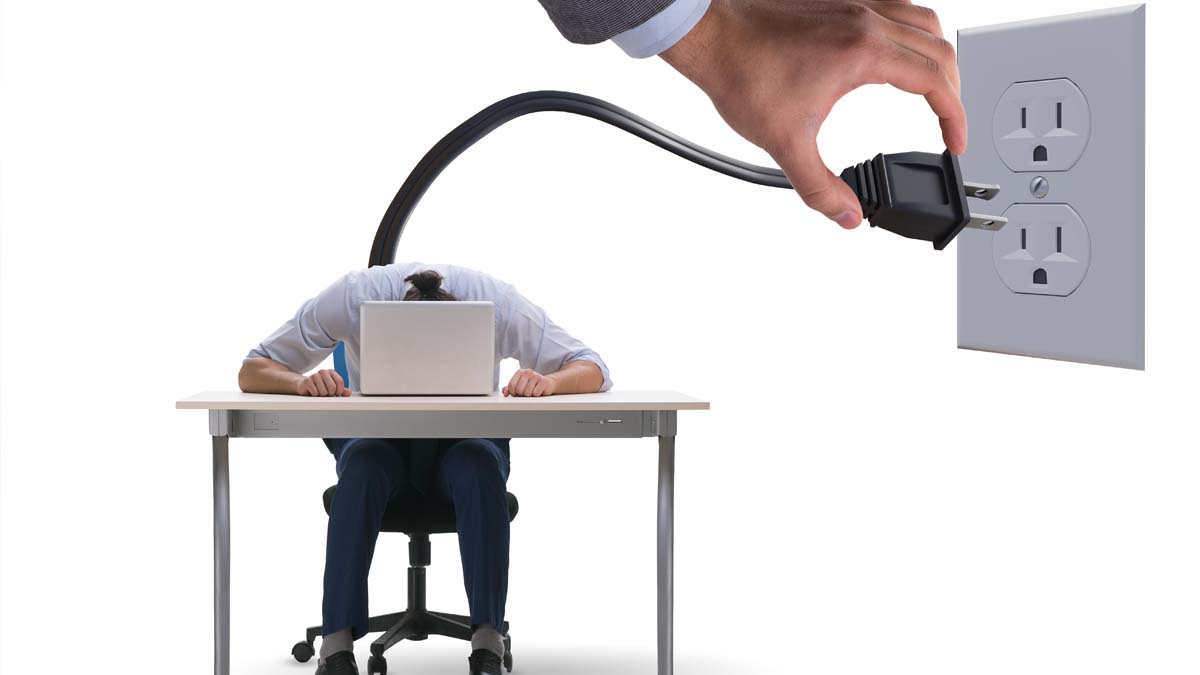We’ve all experienced it. That early afternoon, post-lunch lull that can mean the difference between tremendous productivity and exasperating sleepiness. For some, the fix is simple: a power nap.
A nap is considered any act of sleeping for a short period of time. A power nap is limited to under 30 minutes, according to Jessica Lee, M.D., a double board-certified otolaryngologist and head and neck surgeon with Charleston ENT & Allergy. These quick respites can be just what’s needed for those who don’t get enough sleep at night. On average, humans require seven to nine hours of sleep to maintain the body’s circadian rhythm, the natural process that regulates the sleep-wake cycle.
“That’s not always feasible for all of us all of the time,” said Allison Wilkerson, Ph.D., clinical director of the Sleep and Anxiety Treatment and Research Program in the Department of Psychiatry and Behavioral Sciences at the Medical University of South Carolina. “Life gets in the way for most of the population, so power naps can be beneficial.”
Regardless of whether you eat lunch, the afternoon dip occurs between 1 p.m. and 3 p.m., Dr. Wilkerson attested. Alertness plummets and sleepiness increases without the proper rest overnight. With a few hours left of the workday, the power nap becomes the perfect prescription.
“If you can make it through that period, your alertness increases,” noted Dr. Wilkerson, who turned to power naps herself during graduate school and later when training for a half-marathon.
She pointed out that people are most alert from 5 p.m. to 9 p.m.
“That’s why we have prime time television. That’s why your inbox gets inundated with sales flash emails. The marketing world knows that we’re awake and we’re alert and we’re probably not working,” she explained.
Dr. Wilkerson suggested a quick lunch and a short power nap for optimum wakefulness and productivity and the ability to take better advantage of that prime time of wakefulness.
The power nap also delivers a boost in energy and mood, according to Dr. Lee, who is also certified in lifestyle medicine. Physiologically, the mid-day nap reduces adenosine pressure, a chemical that builds in the body during waking hours and at its peak causes sleepiness.
“If you take a short power nap, you can drop it (sleep pressure) down about 10% and you don’t feel as sleepy,” she explained. “Your sleepiness sensation is postponed.”
Companies such as Nike, Facebook and Ben & Jerry’s encourage power napping to increase productivity. Some, including Google, have gone as far as creating sleep pods, which provide designated, soundproof areas for employees to nap.
What’s the best way to power nap?
Dr. Lee offered some tips to nap at the office.
- Darkness – Pull the shades, close the door and turn off the computer monitor and other electronic devices.
- Quiet – Opt for noise-canceling earbuds or headphones to block out sounds from around the office.
- Comfort – Try to mimic night sleeping positions as much as possible. Bring a small pillow and a yoga mat if a sofa is unavailable.
- Sleep tracker – Use a device to determine sleep latency, or how long it takes to be completely still. Try different nap durations – 20 to 30 minutes – until you find an ideal scenario.
- Support – Make sure your supervisor is aware and that you’re napping during down periods.
Research studies have evaluated the effectiveness of power napping, with many findings supporting the cognitive benefits of napping. A study from the School of Psychology at Flinders University in Australia evaluating the benefits of power naps found that the 10-minute nap produced immediate improvements in sleep latency, subjective sleepiness, fatigue, vigor and cognitive performance, with some of the benefits maintained for as long as 155 minutes.
The 10-minute nap was found to provide few benefits. However, 20- and 30-minute durations elicited improvements after a period of impaired alertness upon awakening. Newer studies are focusing on the behavior of athletes, who historically need more sleep because of the physical exertion their jobs require. Athletes as well as shift workers have modified the power nap to the “caffeine nap,” which incorporates drinking a bit of caffeine prior to the power nap to amplify its effectiveness. A 2021 study found that caffeine intake followed by a short nap resulted in better sprint performances than caffeine or a short nap alone.
Taking a nap that is too long may impact your chance for a good night’s rest that evening, and naps are not recommended for those with insomnia and already have difficulty falling and staying asleep at night. As helpful as the power nap can be, experts suggest using them habitually.
Dr. Lee noted, “If you stayed up late on a work deadline or you’re not feeling well, a 30-minute nap during the day can be helpful.”
By Linda L. Esterson
